DINKINESH
16.10.2019 – 18.12.2019
Susanna Jablonski
OBRA, Malmö
16.10.2019 – 18.12.2019
Susanna Jablonski
OBRA, Malmö
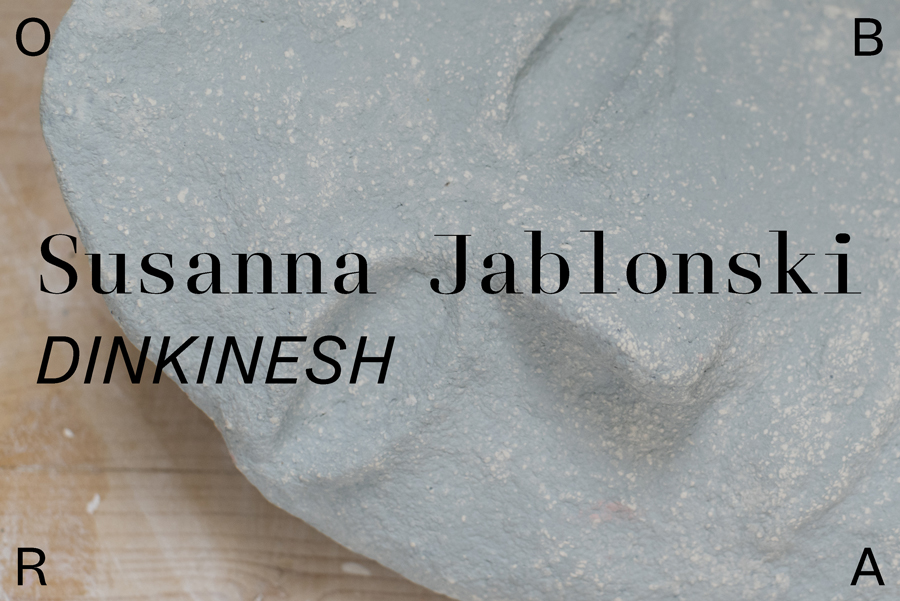

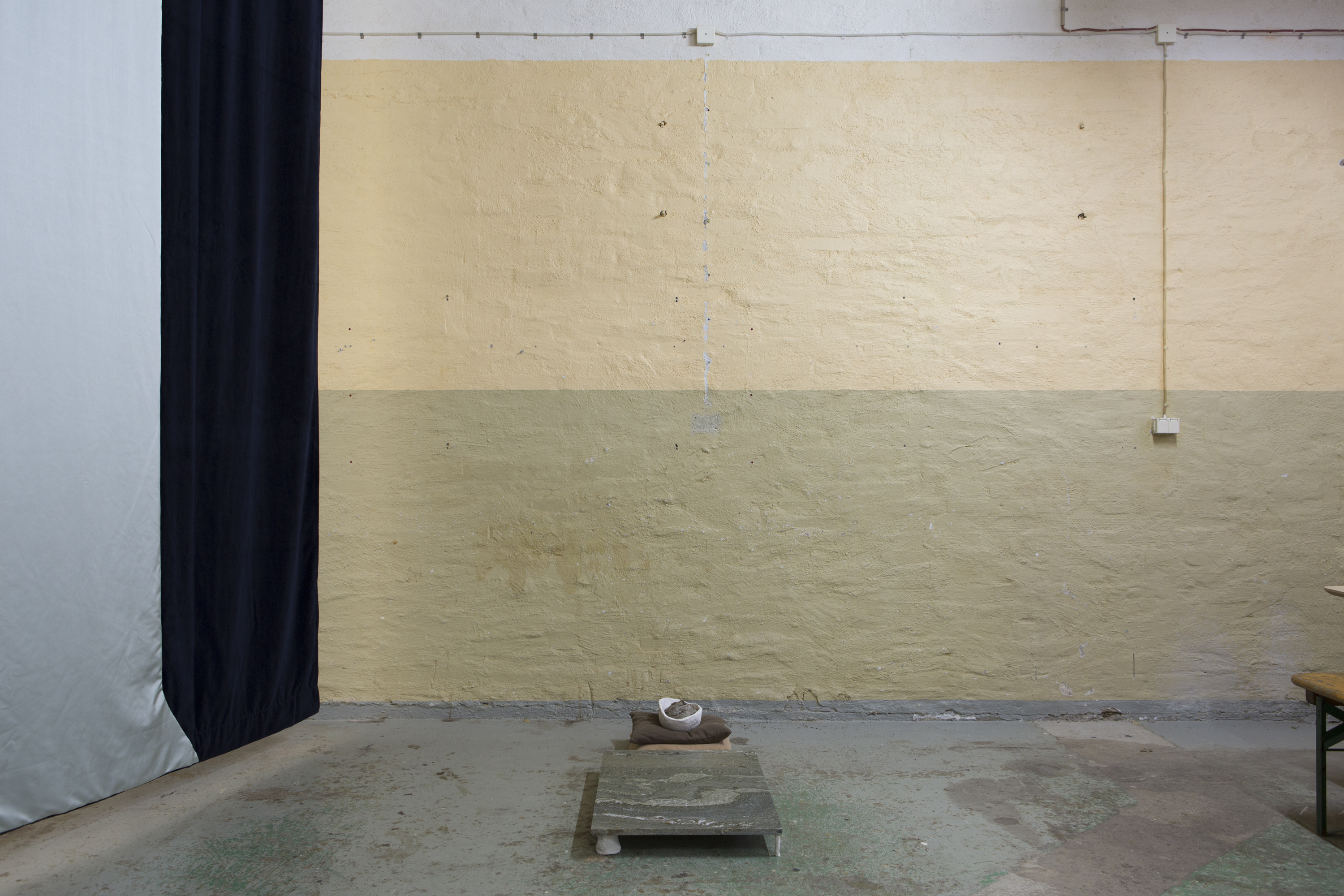

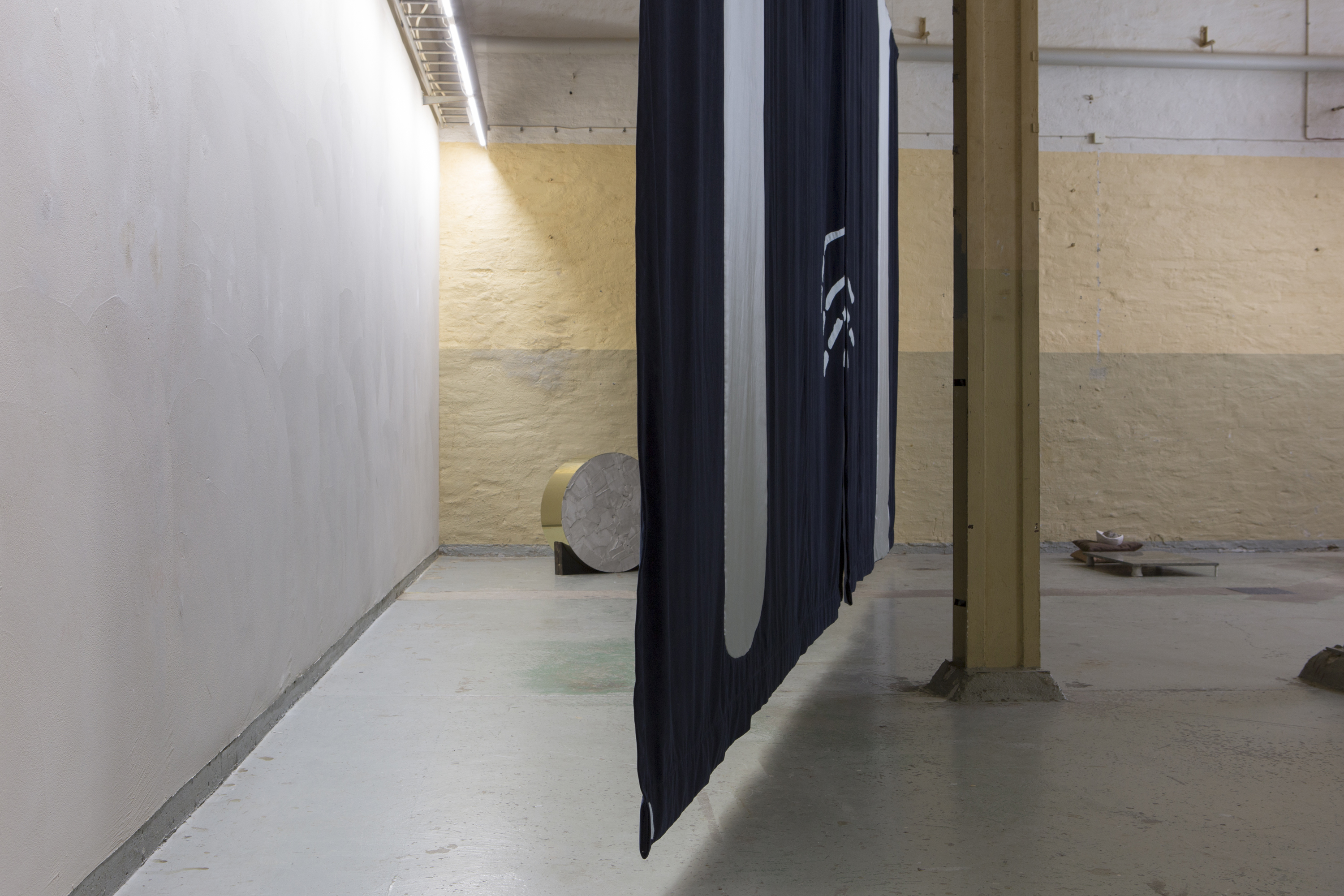
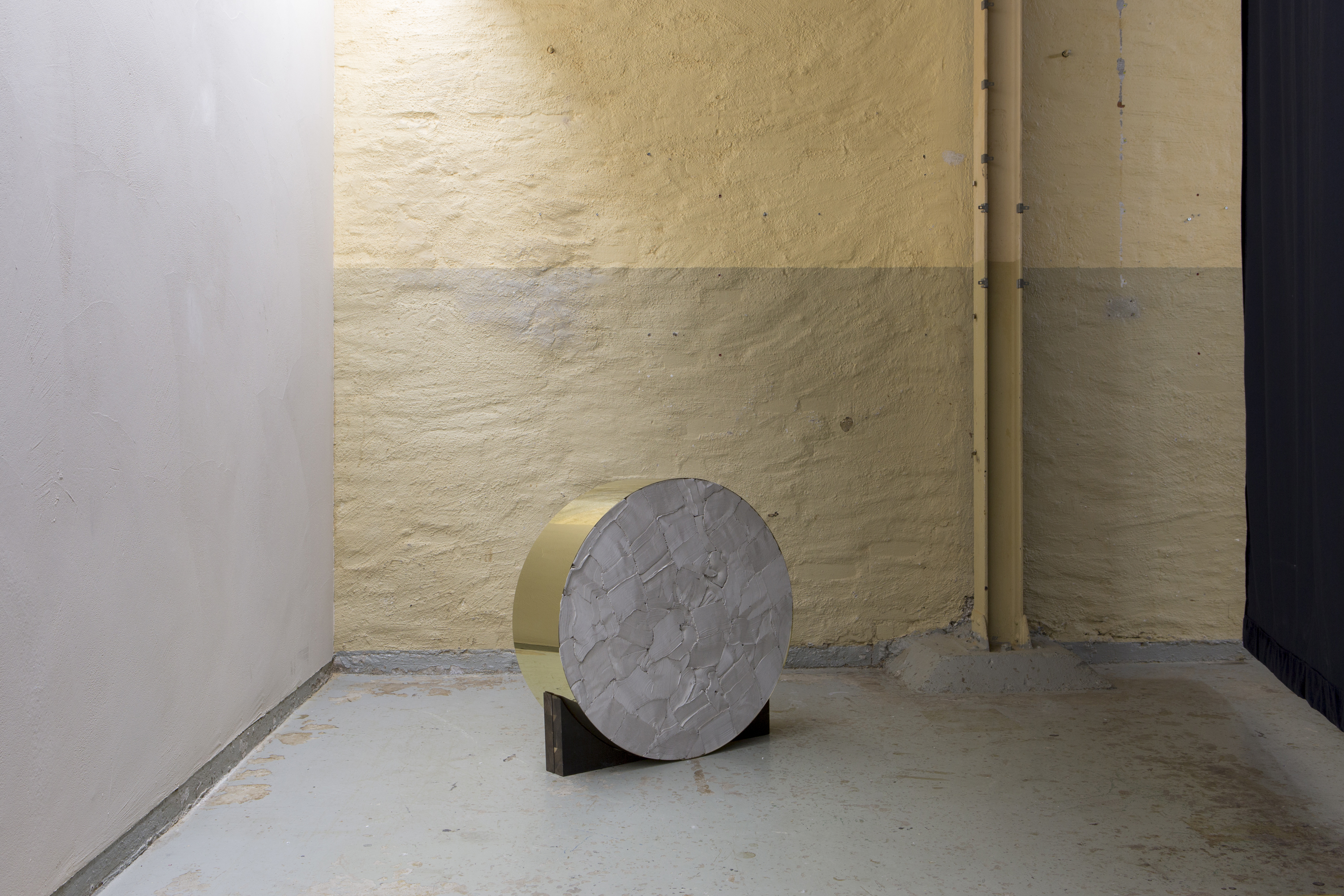
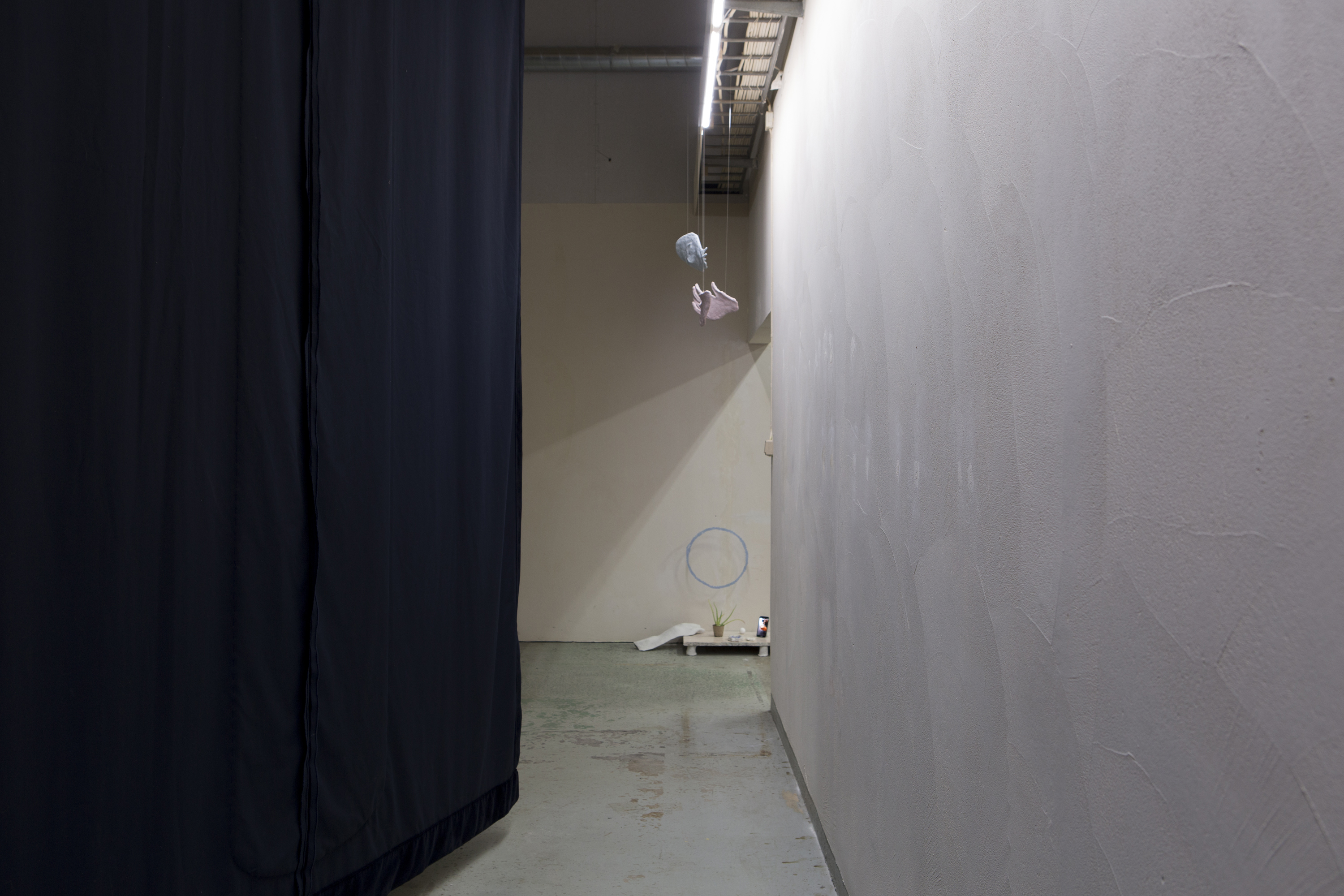

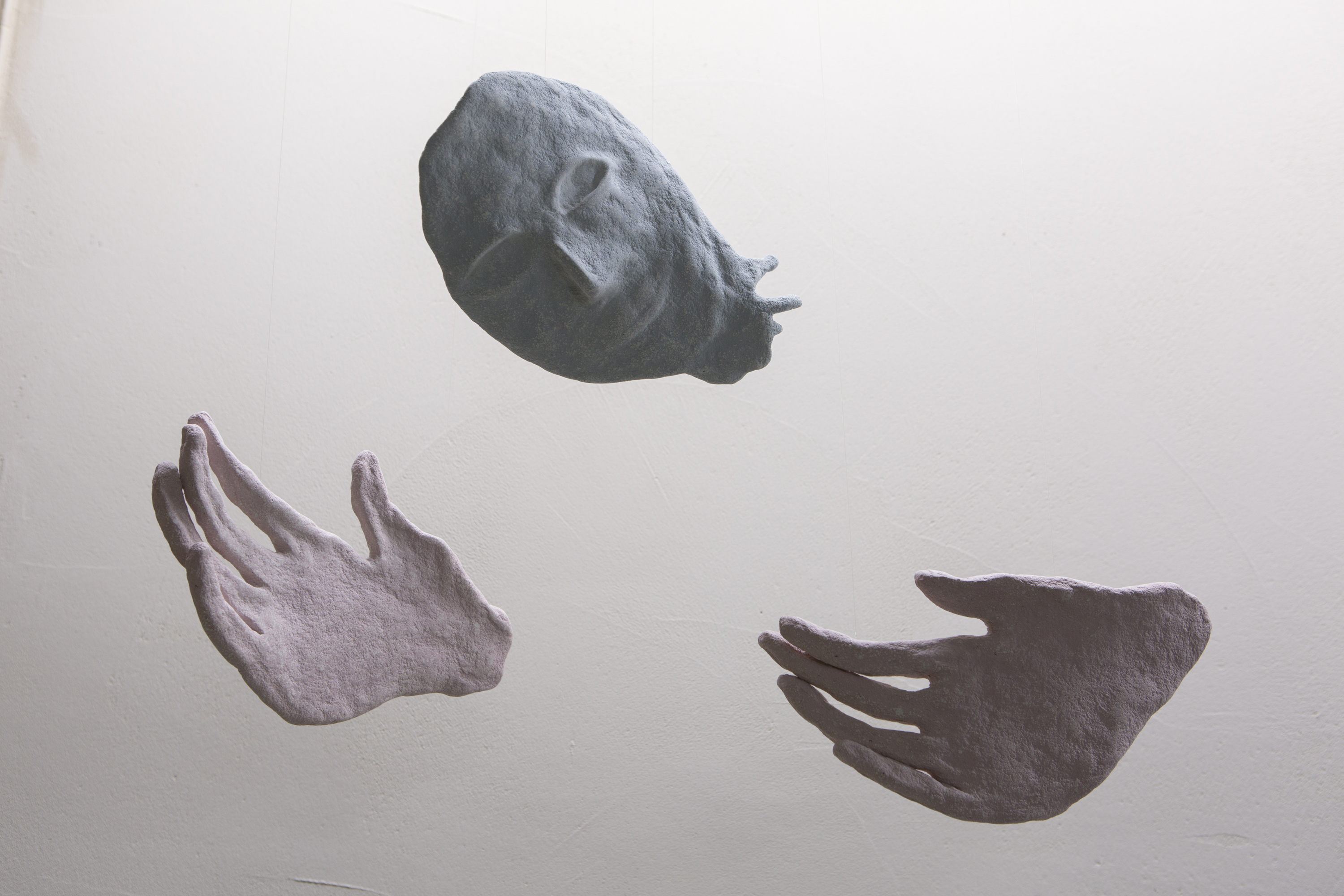
















Circus Acts
“The logic of sculpture, it would seem, is inseparable from the logic of the monument.”[1]
Forty years ago, Rosalind Krauss traced the failure of this logic from Rodin’s Gates of Hell to the earthworks of the American male-modernists, who declared their meaning and function as essentially nomadic, the negative condition of the site-bound monument.
If we crank our way forward from the privilege of those modernists to the realities of our current history, our fracturing times, we find ourselves needing to re-calibrate that original logic.
Susanna Jablonski grew up in Sweden in the 1990’s, when Neo-Nazis were parading in the streets, and the privatization of social welfare services began in earnest. Her grandparents had arrived in Sweden in 1945, bussed in after the camps in Poland were liberated, the only surviving members of their immediate families.
But as a young child, Jablonski remembers most vividly the awe of a print that hung in her parents’ home: Le Grand Cirque, a colourful, swirling painting of circus performers by Moishe Shagal, the pre-eminent Jewish painter of the 20th century, known more famously as Marc Chagall.
“How can I make a monument for the minute that just passed?” asks Jablonski. And more urgently, “What form can comprehend the buildings, bodies, forests, and ancient monuments destroyed all over the world in recent years?”
The nineties are long gone, but some of those Neo-Nazis in the streets now have seats in government. And the floating heads and hands of Chagall’s circus scene, distilled with generational trauma, have become key signifiers in Jablonski’s new installation, expanding from the memory of an image into sculptural space.
Where do we situate this renewed logic of the monument? How – after Brâncuși, after post-modernism, after the Internet – do we ascribe meaning to the places and times we inhabit? We crave monuments, or better yet, memorials that stand at the intersection of what is present and what is absent: mementos for the future.
We find proposals in the sculptural and sound works by Susanna Jablonski, which remind us that a sculpture is also a body – i.e., a subject, not just a thing. And that a building is also a body. And that we ourselves are bodies, with particular sensory regimes that have, until now, been dormant. We find ourselves opening up to the radical language of these listening bodies, these wandering, wounded healers that hang or lean or hum in their industrial rooms.
– Santiago Mostyn
[1] Krauss, Rosalind. “Sculpture in the Expanded Field.” October, vol. 8, 1979, pp. 31–44.
Exhibiton text and list of works.
Artforum review.